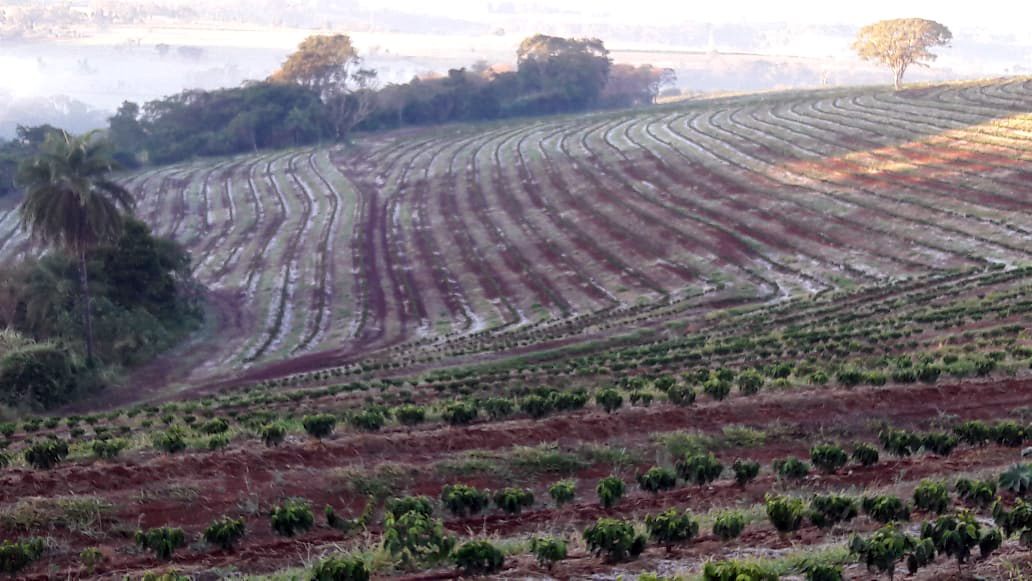RIO DE JANEIRO, BRAZIL – Flying over the Varginha coffee-growing area in southern Minas Gerais, brown spots can be seen on a large part of the plantations, indicating that the July 20 touches of frost have burned the coffee trees and will mean losses for at least the next two harvests.
“It was worse than I imagined… It’s hard to see a plantation that didn’t suffer,” said agronomist Adriano Rabelo de Rezende, technical coordinator of the Minasul cooperative to Reuters, after flying over farms in the municipalities of Varginha, Elói Mendes, Paraguaçu, Alfenas, Machado, Boa Esperança, Nepomuceno and Carmo da Cachoeira for the first time after the frost.

After a visual assessment of the dark spots on the coffee trees, the agronomist estimated on Thursday (29) that between 20 and 30% of the plantations were affected by the severe cold, stressing that the weather phenomenon, compared to the historical frosts of 1994, hit with greater intensity the lower-lying areas where the freezing air is concentrated in the early morning.
Minasul operates in major production centers in southern Minas Gerais, which accounted for about 40% of Brazilian Arabica coffee production in 2020.
The cooperative’s area was one of several in Brazil – such as the nearby Cerrado Mineiro – affected by last week’s weather phenomenon, which sent prices in New York soaring to their highest level since 2014 in the face of the crisis in the world’s largest producing and exporting country.
Despite an estimate of the area burned by the frost, Rezende believes it is too early to talk about the extent of the damage, especially since new heavy frosts were forecast for the early hours of Friday (30).
He told Reuters, which also participated in the flight over the coffee regions, that the intensity of the “burns” caused by the frost varies within the same field, making it difficult to assess at the moment. But he considers it a fact that there will be losses.
“It’s a fact that 2022 will not be a high (productivity) year,” he commented about the two-year cycle of arabica coffee, which was at its lowest point in 2021. He also indicated that coffee plantations had already suffered the effects of a prolonged drought.
In another month, the technical coordinator said , the frost-dried leaves will all be on the ground. It will be easier to determine to what extent the coffee trees were affected.
Source: Reuters

